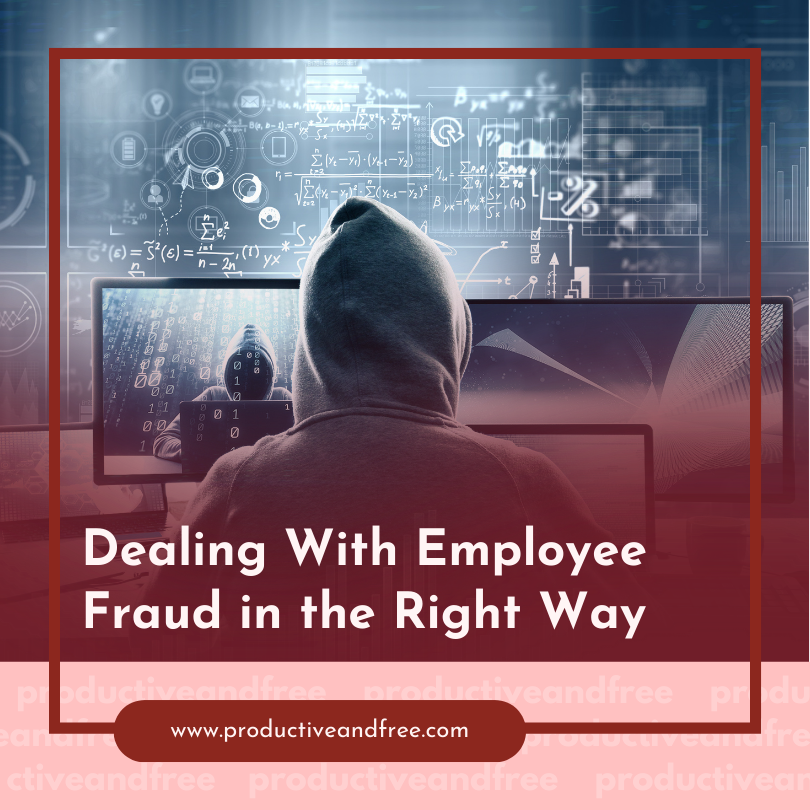Developing an Access Control Policy: Key Elements to Include
Access control is a crucial part of the security structure of an organization. This system makes sure that only people who are given permission can access certain resources, protecting sensitive information from being used by those without permission. Also, access control prevents possible breaches, which are actually more common than most believe. 38% of decision-makers in different organizations state that they have boosted their security measures after a breach, which is a good number overall, showing awareness for access control in businesses of different scopes and sizes.
When creating an access control policy, businesses or decision-makers must plan it well and ponder over many things. Below, we discuss a few key elements to include when creating an effective access control policy.
Define Roles and Responsibilities
The first part of creating an access control policy is to determine the roles and duties in your organization. This means finding out who needs access to what information and resources. When you categorize your workers by their jobs, it can simplify granting access to resources. Also, this helps make sure that only people who need access for a specific task are allowed in.
Additionally, using role-based access control (RBAC) is a good method for handling user access. RBAC lets you give permissions to roles instead of people, making it easier to manage who can do what. This way of managing access improves safety and also makes things more efficient when bringing in new workers or switching roles within an organization.
Regularly Review and Update Access Rights
Check if access rights are still suitable for each user's role. By doing periodic reviews, you can locate and remove unnecessary permissions which reduces the possibility of unauthorized entry. These evaluations should occur no less than once a year or when there is a substantial alteration in an employee's duties or the structure of the organization.
Also, automated tools for access management can make access reviews more efficient and accurate. These tools assist in finding accounts that are not linked to any user, excessive permissions given to a person, and other security dangers. They help with fixing these issues quickly.
In this context, it is vital to include proper identity governance administration (IGA) solutions. In essence, IGA systems, which manage identities and control access according to rules, form a complete method. They combine identity governance with identity administration, providing improved functionality. These systems are particularly useful for auditing purposes and fulfilling compliance needs.
Implement Strong Authentication Mechanisms and Establish Access Monitoring and Logging
Creating an access control policy is very important for safeguarding delicate information. Important parts are forming and describing roles, using strong methods for authentication such as multi-factor authentication (MFA), and regularly updating these techniques to handle changing risks.
Monitoring and keeping records of access activities is crucial for noticing and dealing with security incidents. Constant monitoring means paying attention to who uses what data, at what time, and from where. This aids in recognizing uncommon or unapproved entry habits that might imply a security violation.
Keeping careful records of access activities can assist in forensic inquiries if a security event happens. These logs need to have data like user IDs, times of access, what was accessed and the actions executed. They should be stored safely and reviewed frequently to follow the access control policy.
Develop a Robust Incident Response Plan
Security incidents can happen even with good prevention. So, it's important to prepare a strong incident response plan. This ensures your organization is ready to react fast and well in case of security breaches. The plan should describe the roles everyone has in case of a breach, how people are informed of the incident, as well as what actions need to be taken to restore functionality and normalcy.
Regular drills and training sessions for the incident response team are important to make sure they are ready to handle incidents. These exercises must imitate various breaches and give chances for members of the group to rehearse their tasks in a controlled setting.
In Conclusion
Developing an access control policy is a basic part of protecting an organization's important information and resources. By setting up roles and duties, putting in place good authentication methods, creating access observation and recording, often checking over and changing access rights, as well as making a strong response plan for incidents, organizations can create a safe environment that reduces the chances for unauthorized entry while improving general security posture.
Regular updates and continued improvement of the access control policy are necessary to adjust to changing threat scenarios as well as guarantee the continuous safeguarding of crucial assets. If you’d like to augment your knowledge further, consider a CGRC certification. This will help you understand how governance and risk principles guide the development of effective access control policies.
Share in the comments below: Questions go here

































